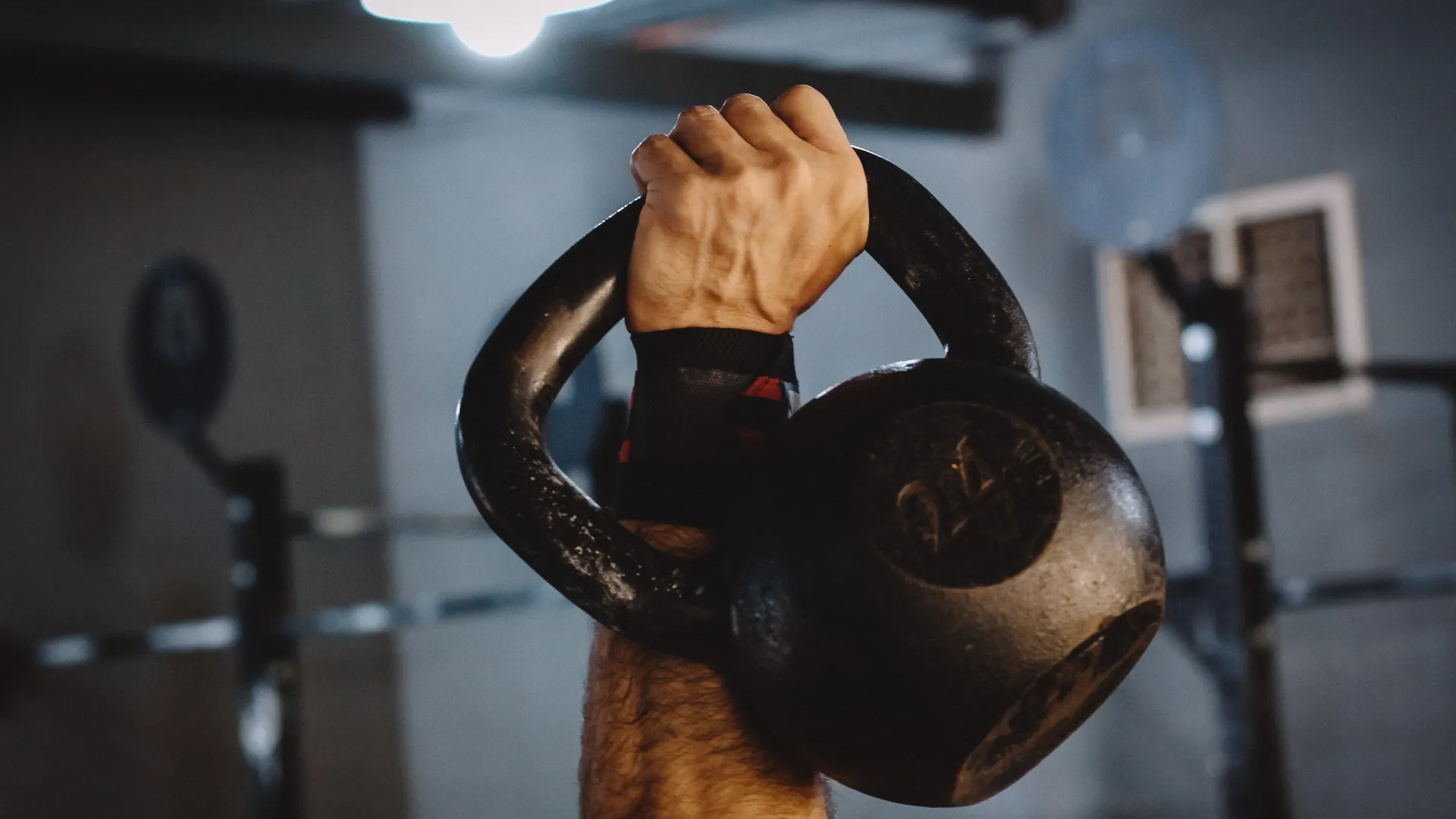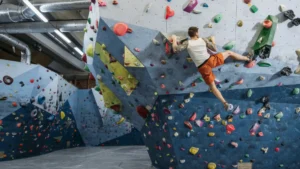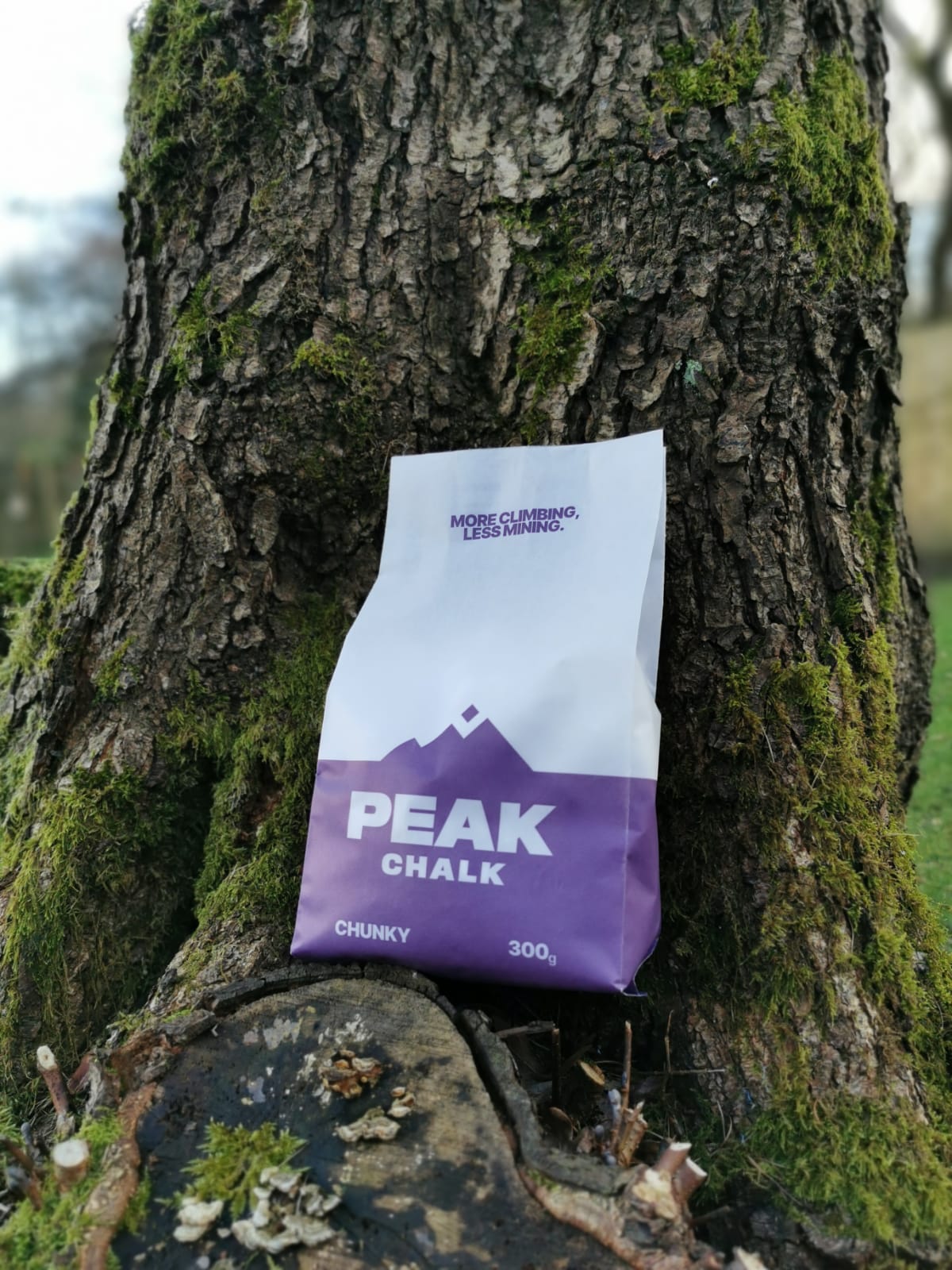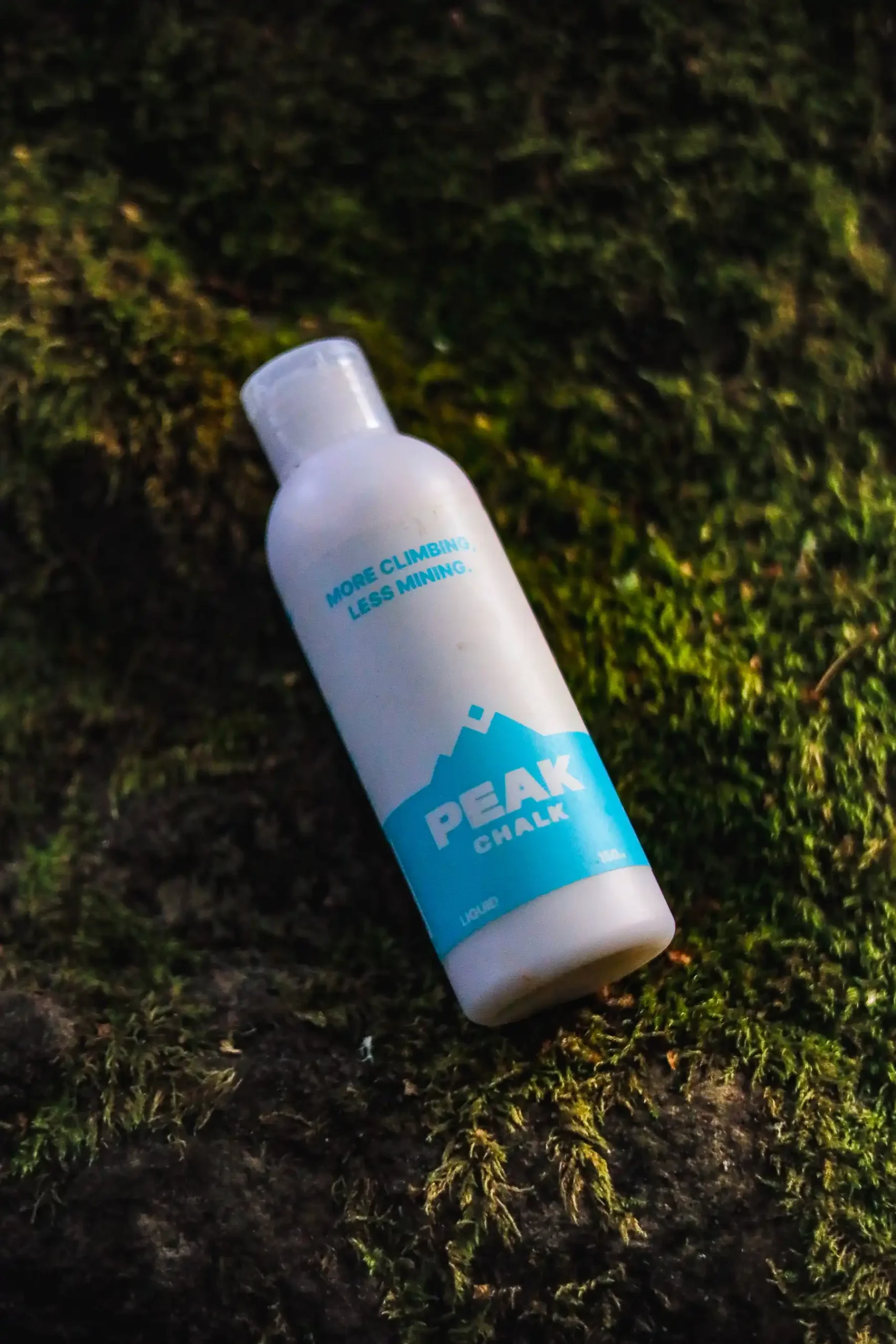Having a solid grip is your lifeline, which is why knowing how to improve grip strength for climbing is so important. Whether you’re scaling boulders, tackling crimps, or navigating challenging overhangs, your grip strength plays a pivotal role in your success. In this article, we’ll explore the importance of grip in climbing and provide practical tips for how to increase grip strength for rock climbing, both in the short and long term.
Why Grip Strength Matters in Climbing
Before we dive into the ways to enhance your grip strength, let’s understand why it’s essential in climbing:
1. Holds and Holds Tightness:
Climbing routes often feature various holds, each demanding a different level of grip strength. From slopers that require an open-hand grip to crimps that demand a finger-tip grip, your ability to adapt your grip is crucial for progress. Adapting your grip exercises to encompass these different tips of holds will increase your overall grip strength.
2. Overhangs and Roofs:
On overhanging and roof routes, maintaining a secure grip is challenging due to the pull of gravity. A strong grip helps you cling to holds and maneuver through these demanding sections. These features in particular can fatigue somebody with a weak grip very quickly, meaning overall they may have the ability to solve that climbing problem, though the lack of grip strength is what stops them from completing that particular problem.
3. Injury Prevention:
An inadequate grip can lead to overuse injuries, as climbers tend to compensate with other muscle groups. Strengthening your grip can alleviate strain on your arms and shoulders. It can also lead to unfortunate falls which may not happen with an improved grip.
Short-Term Strategies for Immediate Improvement
If you’re looking for a quick boost to your grip strength, consider these short-term strategies:
1. Use Climbing Chalk:
Chalk dries sweat and moisture from your hands, enhancing friction and grip. Invest in high-quality climbing chalk to keep your hands dry during climbs. A high purity chalk may be the difference between a grip and a slip.
2. Warm-Up Effectively:
Warming up is essential for activating your muscles, including those in your hands and forearms. Perform wrist circles, finger flexor stretches, and light finger exercises to prepare your grip for the climb. Make sure to get your blood flowing through your entire body before doing anything too demanding. Skipping, star jumps and other quick burst cardio is highly recommended before going into the rest of your climbing routine.
3. Grip Training Tools:
Improve grip by using training tools such as grip balls, grip trainers, and grip rings. These tools can help you target specific muscle groups in your hands and fingers. Lots of climbing gyms provide these particular exercise items and they are generally quite inexpensive, so we believe it is worth the investment if your are seriously considering how to improve grip strength for climbing.
4. Hangboard Workouts:
Hangboards are excellent for developing finger and grip strength. Incorporate hangboard workouts into your routine, focusing on different grip positions and durations. Dead hangs and active hangs have many benefits which can be read about here.
Long-Term Strategies for Lasting Improvement
To achieve lasting grip strength improvement, consider these long-term strategies:
1. Progressive Training:
Gradually increase the intensity and duration of your grip training exercises over time. This progressive approach prevents overuse injuries and steadily builds strength. Remember, good things take time and consistently making 1% improvements can dramatically make a difference.
2. Climbing Frequency:
Climbing more frequently, whether indoors or outdoors, can naturally enhance your grip strength. Consistent practice on various climbing routes challenges your grip and improves adaptability. But remember not to overdo it, work yourself up to improve your grip strength by exercising patience and commitment.
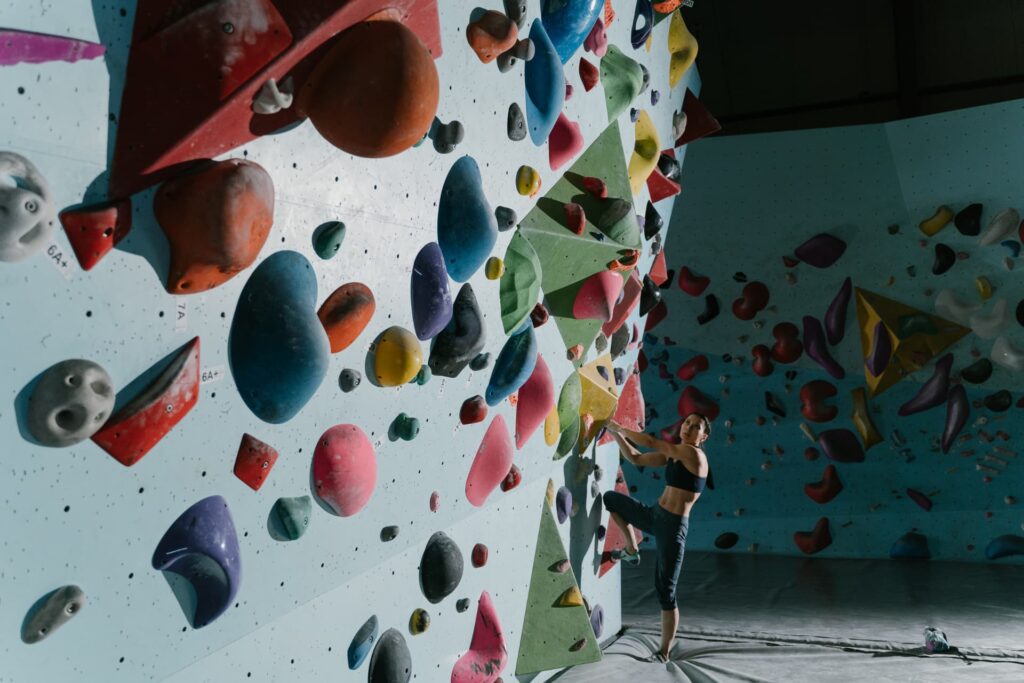
3. Finger Strength Exercises:
Implement finger-specific exercises, like fingerboard hangs, campus board exercises, and finger pull-ups, into your training regimen. These target the finger flexor muscles crucial for climbing.
4. Core Strength:
A strong core enhances your stability and balance on the wall, reducing the strain on your grip. Incorporate core exercises into your overall fitness routine.
5. Rest and Recovery:
Adequate rest and recovery are vital for muscle growth and repair. The best way to improve grip strength is to give your muscles time to recover between intense training sessions.
Conclusion
Improving your grip strength is an ongoing process that requires dedication and consistency. Whether you’re aiming for short-term gains or long-term progress, the importance of grip strength in climbing cannot be overstated. It’s the key to conquering challenging routes, holding onto holds, and preventing injuries.
To complement your grip strength training, ensure you have the right climbing chalk from our ecommerce store. High-quality chalk keeps your hands dry, ensuring a secure grip even during the toughest climbs.
So, start incorporating these grip-enhancing strategies into your climbing routine today. With dedication and the right tools, you’ll find yourself scaling new heights and pushing your climbing limits like never before. For more useful climbing content, follow us on Instagram. Happy climbing!
